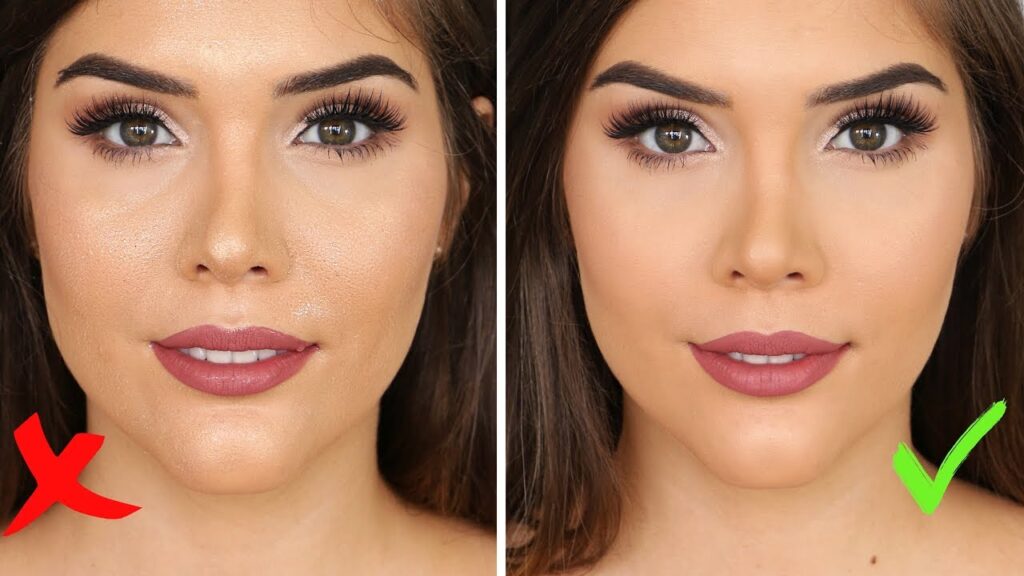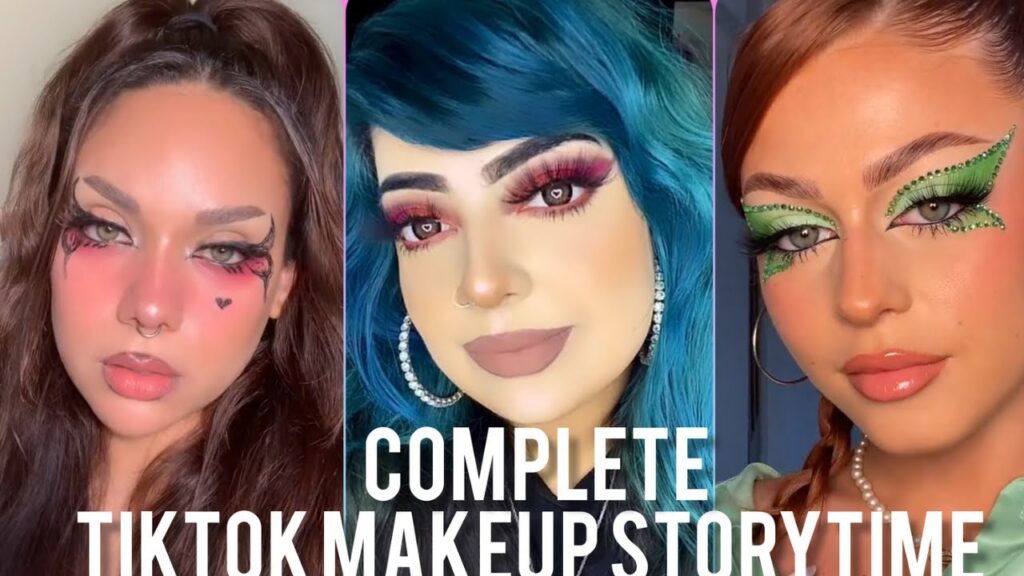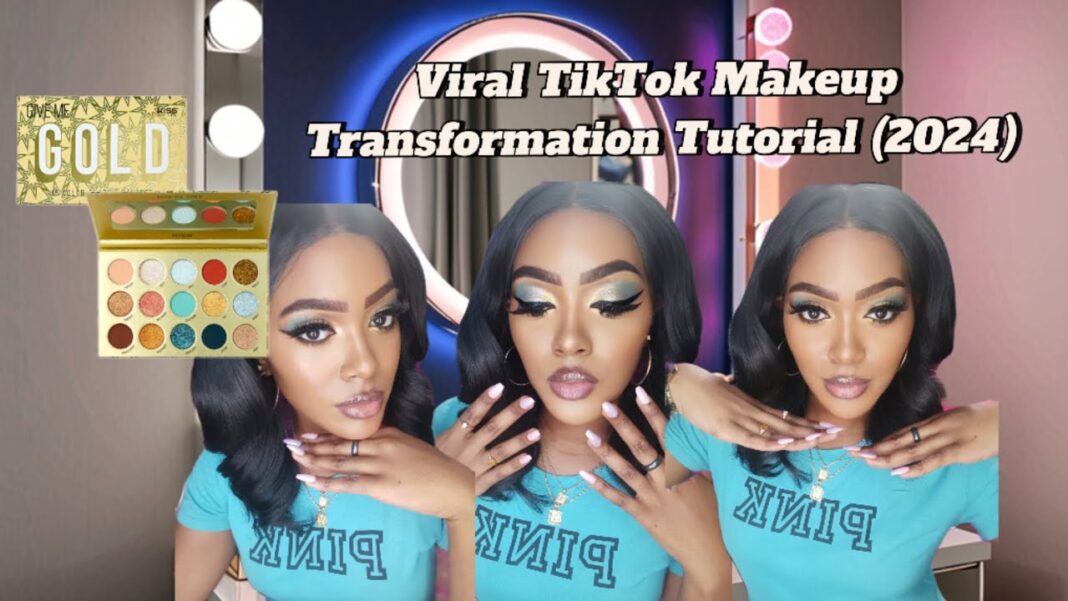In recent years, TikTok has emerged as a dominant force in shaping trends across various industries, including beauty and makeup. This platform, known for its short, engaging videos, has become a powerhouse for viral marketing and trendsetting. One of the most notable impacts of TikTok is how it has transformed the ‘Drop Culture’ of makeup. But what exactly is drop culture, and how has TikTok played a pivotal role in transforming the makeup industry?
Understanding Drop Culture
Definition and Origins
Drop culture refers to the practice of releasing limited edition products in small quantities, creating a sense of exclusivity and urgency. This concept originated in the streetwear and sneaker industries, where brands like Supreme and Nike would release highly anticipated products in “drops,” leading to frenzied buying and long lines outside stores.
How Drop Culture Works
The essence of drop culture lies in its ability to create hype and anticipation. By announcing a product release date in advance and limiting the availability, brands can generate significant buzz. Consumers, driven by the fear of missing out (FOMO), rush to purchase these exclusive items as soon as they are available.
Examples from Other Industries
Before making its way into the makeup industry, drop culture was predominantly seen in fashion and streetwear. Brands like Supreme, Yeezy, and Off-White have successfully utilized this strategy to build cult followings and drive sales.

The Makeup Industry Before TikTok
Traditional Makeup Release Strategies
Traditionally, makeup brands followed a more predictable release strategy, with seasonal collections and product lines launched through established marketing campaigns. These campaigns often included magazine ads, TV commercials, and collaborations with beauty influencers.
Marketing and Consumer Engagement
Marketing in the pre-TikTok era relied heavily on long-form content and established media channels. Consumer engagement was driven by in-store experiences, beauty tutorials on YouTube, and influencer reviews on Instagram.
Key Players in the Industry
Major players like MAC, L’Oréal, and Estée Lauder dominated the makeup industry with their extensive product lines and robust marketing budgets. These brands set the standards for product launches and consumer engagement.
The Emergence of TikTok
TikTok’s Growth and Demographic
TikTok’s rapid growth can be attributed to its unique format and algorithm, which prioritizes content discovery. The platform appeals primarily to younger audiences, particularly Gen Z and millennials, who are known for their tech-savvy and desire for authentic, engaging content.
Features That Make TikTok Unique
TikTok’s short video format, paired with its powerful algorithm, allows content to go viral quickly. Features like duets, challenges, and filters make it easy for users to create and share content, fostering a highly interactive community.
Influence on Trends and Culture
TikTok has a remarkable ability to turn niche trends into mainstream phenomena. From dance challenges to viral recipes, the platform’s influence on culture is undeniable. This influence extends to the beauty industry, where makeup trends and product recommendations can gain massive traction overnight.

How TikTok Reinvented Makeup Launches
Introduction to Viral Marketing on TikTok
TikTok’s algorithm-driven content discovery has revolutionized how makeup brands approach product launches. By leveraging viral marketing, brands can create buzz and drive anticipation for new products.
Case Studies of Successful Makeup Drops on TikTok
One notable example is the launch of Huda Beauty’s Mercury Retrograde palette. By teasing the product through engaging TikTok videos and collaborating with popular beauty influencers, the brand generated immense hype, leading to a successful launch.
Role of Influencers and Content Creators
Influencers and content creators play a crucial role in the success of makeup drops on TikTok. Their ability to create relatable, engaging content helps drive consumer interest and boost sales.
Consumer Behavior and Psychology
The Psychology Behind Limited Edition and Exclusive Drops
The success of drop culture can be largely attributed to the psychological principles of scarcity and urgency. Limited edition products create a sense of exclusivity, making consumers feel special and unique for owning them.
How Scarcity and Urgency Drive Sales
When consumers perceive a product as scarce, they are more likely to purchase it quickly to avoid missing out. This sense of urgency is amplified by social media, where users see others talking about and showcasing their exclusive purchases.
Impact on Consumer Buying Habits
The rise of drop culture has significantly impacted consumer buying habits. Shoppers are now more inclined to make impulsive purchases and prioritize limited edition items over regular products.
Brands Embracing the Trend
Major Brands That Have Adopted Drop Culture
Several major makeup brands have successfully adopted drop culture. Brands like Fenty Beauty, ColourPop, and Kylie Cosmetics have leveraged this strategy to generate buzz and drive sales.
Strategies Used by These Brands
These brands utilize a combination of social media teasers, influencer collaborations, and limited edition releases to create hype and anticipation for their products.
Success Stories and Metrics
Fenty Beauty’s Gloss Bomb Cream Color Drops are a prime example of successful drop culture implementation. The product sold out within hours of its release, demonstrating the power of scarcity and social media buzz.
Challenges and Criticisms
Sustainability Concerns
One of the main criticisms of drop culture is its impact on sustainability. The constant push for new products can lead to increased waste and environmental damage.
Accessibility and Inclusivity Issues
Limited edition drops can also raise concerns about accessibility and inclusivity. Not all consumers can afford to participate in these high-demand releases, potentially excluding a significant portion of the market.
Potential for Consumer Fatigue
The constant cycle of new product drops can lead to consumer fatigue, where shoppers become overwhelmed and less enthusiastic about future releases.
The Role of Influencers
Key Influencers in the Makeup Community
Influencers like James Charles, NikkieTutorials, and Jackie Aina have become key figures in the makeup community. Their endorsements and reviews can make or break a product launch.
How Influencers Contribute to the Success of Drops
Influencers create buzz and anticipation through product teasers, tutorials, and reviews. Their large followings and engaging content help drive consumer interest and sales.
Influencer-Brand Partnerships
Collaborations between influencers and brands are a common strategy in drop culture. These partnerships can range from sponsored posts to co-created products, further boosting the hype and exclusivity of the release.
The Future of Drop Culture in Makeup
Predicted Trends and Changes
As drop culture continues to evolve, we can expect to see more innovative and creative marketing strategies. Brands may experiment with augmented reality (AR) try-ons, virtual events, and personalized product drops.
Potential for Innovation
The integration of technology and data analytics will likely play a significant role in the future of drop culture. Brands can leverage consumer insights to create more targeted and effective marketing campaigns.
Long-Term Impact on the Industry
The long-term impact of drop culture on the makeup industry will depend on how brands balance hype with sustainability and inclusivity. While the strategy has proven successful, it will need to adapt to changing consumer preferences and values.
Comparisons to Other Industries
Parallels with the Fashion Industry
The makeup industry’s adoption of drop culture mirrors similar trends in the fashion world. Both industries rely on limited-edition releases, influencer partnerships, and social media buzz to drive sales.
Lessons Learned from Other Sectors
The success of drop culture in fashion and streetwear provides valuable lessons for the makeup industry. Brands can learn from the strategies and challenges faced by these sectors to refine their approaches.
Cross-Industry Collaborations
Collaborations between makeup and fashion brands have become increasingly common. These partnerships can create unique and highly coveted products, further enhancing the appeal of limited edition drops.
Marketing Strategies for Success
Tips for Brands Looking to Leverage Drop Culture
Brands looking to succeed in drop culture should focus on creating authentic, engaging content that resonates with their audience. Building hype and anticipation through teasers and influencer partnerships is key.
Importance of Social Media Engagement
Social media platforms like TikTok are essential for driving the success of drop culture. Brands should leverage these channels to connect with their audience and create buzz around new releases.
Building Hype and Anticipation
Creating a sense of excitement and urgency is crucial for successful product drops. Brands can achieve this by using countdowns, sneak peeks, and exclusive previews to keep consumers engaged.
Consumer Perspective
How Consumers Feel About Drop Culture
While many consumers enjoy the thrill of participating in product drops, some feel frustrated by the limited availability and high prices. Understanding and addressing these concerns is important for brands.
Personal Stories and Testimonials
Personal stories and testimonials from consumers can provide valuable insights into the impact of drop culture. These narratives can help brands understand their audience and improve their strategies.
Community Building Around Drops
Creating a sense of community around product drops can enhance consumer loyalty and engagement. Brands can foster this community through social media interactions, exclusive events, and user-generated content.
Summary: TikTok Transformed Makeup with Drop Culture
In conclusion, TikTok has played a significant role in fueling the ‘Drop Culture-ification’ of makeup. By leveraging the platform’s viral potential and the psychological principles of scarcity and urgency, makeup brands have successfully created hype and driven sales through limited edition releases. However, brands need to balance this strategy with sustainability and inclusivity to ensure long-term success.
